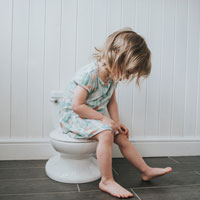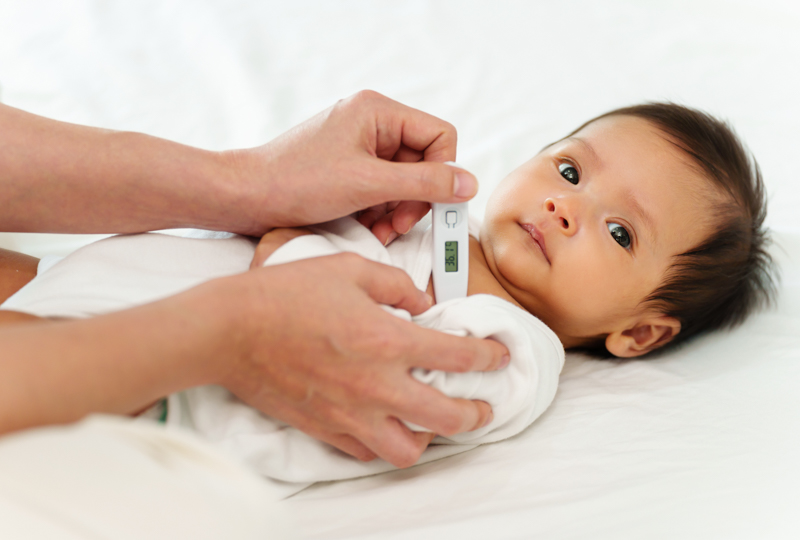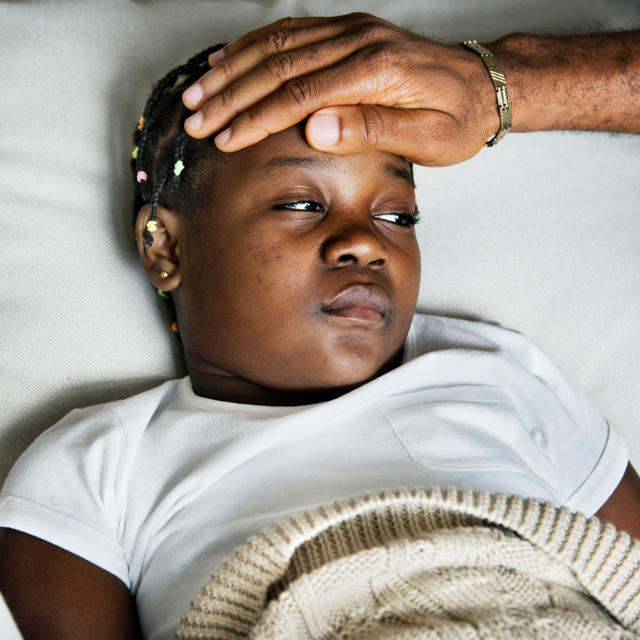Here’s how to prevent — and treat — urinary tract infections in children.
More than half of adult women have had a urinary tract infection, or UTI. They’re often thought of as a women’s health topic. But they’re not exclusive to women — or even adults. Children and infants can get these types of infections, too. Here’s what to know.
UTIs are common in kids
Urinary tract infections are the second most common type of infection in humans, responsible for more than 8 million visits to health care providers each year, according to the American Urological Association. An estimated 7% of girls and 2% of boys will have a UTI by the age of 6.
Overall, females are more likely to develop urinary tract infections as compared with boys, except in one population. UTIs are more common in boys younger than 1 who are not circumcised. This is because the foreskin in babies can be difficult to retract and clean properly, making it easier for bacteria to enter the urinary tract and cause an infection. However, it’s important to note that most uncircumcised boys will not develop a urinary tract infection.
What causes UTIs in kids
These happen when bacteria enter the urinary tract, often through the urethra, and multiply in the urinary system, including the bladder and kidneys. In infants, abnormalities in anatomy can predispose an individual to a UTI.
These abnormalities “can cause what we call urine stasis, meaning the urine stays in the urinary tract for longer than normal, or urine reflux, where urine flows backward from the bladder to the kidneys instead of out the body,” said Dr. Lauren E. Corona, a urologist with Monroe Carell Jr. Children’s Hospital at Vanderbilt. “This is the No. 1 cause of UTIs in the pre-toilet-trained group of kids.” These are typically UTIs that affect the kidneys, or the upper urinary tract. A high fever results.
Once a child has been toilet trained, the most common causes of UTIs include poor bladder and bowel habits, holding urine for extended periods and constipation. Constipation can contribute, because stool in the colon can put pressure on the bladder and prevent it from filling and emptying properly. In addition, more stool sitting around means more bacteria in close proximity to the urethra, where they can easily enter the urinary tract and make their way to the bladder. These infections do not usually cause a fever. They are limited to the bladder, or the lower urinary tract.
“A lot of times parents don’t realize their child is constipated,” Corona said. “They say they’re pooping every day, but a lot of times they don’t actually know because their kids are at school for so much of the day. Or, the child actually is pooping every day, but they’re still constipated.”
Preventing UTIs in kids
Good bowel and bladder habits are the first line of defense against UTIs in children. Encourage regular bathroom breaks to prevent holding urine. Teach girls to wipe from front to back. Help prevent constipation by encouraging a diet with lots of fiber. Staying hydrated is equally important to help flush out bacteria from the urinary tract and assist with digestion. Scheduling time every day to sit on the toilet in a proper position (feet flat, knees above the hips) without distractions (no screens) to empty the bowels is important. Sometimes stool softeners and laxatives are needed.
When it comes to adolescents and teens, be sure to talk to them about moderation when it comes to certain dietary choices. Choosing foods that are high in fiber and have natural probiotics are helpful.
“I always my patients to take it easy on my big four: caffeine, carbonation, citrus and red dyes,” said Amber M. Thomas, a certified pediatric nurse practitioner with Monroe Carell Jr. Children’s Hospital at Vanderbilt. “They can be irritating to the bladder and cause symptoms that mimic a UTI.”
How to know if a child has a UTI
UTI symptoms in children include:
- Pain or burning with urination
- Frequent trips to the bathroom with only small amounts of urine being eliminated each time
- Fever
- New bedwetting or daytime accidents
- Lower abdominal pain
- Cloudy urine or blood in urine
- Infants: fever, irritability, poor feeding
Of course, it can be difficult to know when a child has a UTI, especially if they’re not yet talking. Babies may exhibit fussiness or vomiting. Sometimes fever is the only symptom.
“Fever is often the only presenting symptom in infants,” Thomas said. “All babies younger than 3 months should see a pediatrician if they develop a fever.”
UTI treatment
Most UTIs in kids can be treated with oral antibiotics prescribed by a pediatrician. Symptoms, such as painful urination, urgency or fever, often improve within 48 hours of starting treatment. It’s important to complete the entire course of antibiotics to prevent the infection from coming back.
When to see a specialist
While most UTIs in children go away with proper treatment, repeated infections may mean there is a structural abnormality in the urinary tract. In a child who is not toilet trained, a single UTI accompanied by a fever is worth a conversation with your provider.
If your toilet-trained child experiences three or more UTIs within a year, talk to your pediatrician about further evaluation, including imaging tests or a referral to a pediatric urologist.
UTIs can be uncomfortable for children and worrying for parents. Fortunately, with proper care and preventive measures, most kids recover quickly and stay infection-free. If you suspect your child has a UTI, contact your pediatrician for guidance.

Does your child get frequent UTIs?
The nationally ranked Urology team at Monroe Carell has years of specialized training in meeting the needs of children who have urinary tract problems. Care ranges from simple in-office procedures to the most complex reconstructive surgery. Scheduled appointments and same-day urgent care visits are also available, after we contact your primary care provider.




